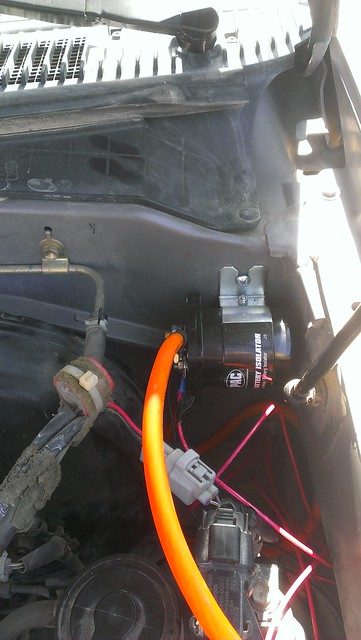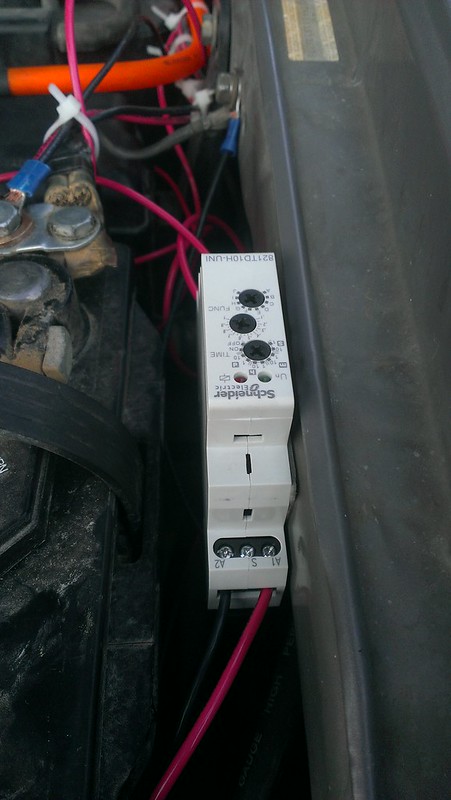Vicreo A Legarreta
Vicreo
Well it went puffff hahaha I was surprised it last to long, I was expecting it to go bad 2 week ago, now to get a good one.
Sent from my DROID BIONIC
Sent from my DROID BIONIC
Read the whole thread, I feel knowledge forcing its way into my brain.
I want to do this with one significant difference, I want the 2nd battery in the rear area of my 94 LandCruiser. This area is enclosed with the passenger area, and I am worried about explosive/corrosive gasses getting to the kids.
What do you all think about a relatively airtight plastic box with breather hoses that run outside (fuel door/other ideas?)? should the hoses run down (heavier than air gas) or up (lighter than air gas)?
I use the second to run my CPAP when camping, and probably other stuff in the future.
ART
I always thought this was the way to go. When I saw the thread, I knew I was right... Now I got a question.
.
How hot is too hot for a solenoid to get?
.
I just wired in my "house" battery, like in the OP (only with a switch, not always on with ignition) using a 185 amp constant duty solenoid I got from a camper supply. First try, after 10 min it was pretty hot to the touch. Both engine batteries and the house battery are Optima yellow tops. It IS wired up correctly, with 4ga wire. Big truck, the run is almost 20 ft.
.
Some one assure me I won't burn my truck down... I plan on testing it out in short increments, until I'm no longer worried.

I always thought this was the way to go. When I saw the thread, I knew I was right... Now I got a question.
.
How hot is too hot for a solenoid to get?
.
I just wired in my "house" battery, like in the OP (only with a switch, not always on with ignition) using a 185 amp constant duty solenoid I got from a camper supply. First try, after 10 min it was pretty hot to the touch. Both engine batteries and the house battery are Optima yellow tops. It IS wired up correctly, with 4ga wire. Big truck, the run is almost 20 ft.
.
Some one assure me I won't burn my truck down... I plan on testing it out in short increments, until I'm no longer worried.
My continuous duty solenoid gets hot. Is something wrong?
The coil circuit (control circuit) in a continuous duty solenoid is usually energized for long periods of time. Under these conditions the coil will generate heat and within less than an hour the solenoid housing will become hot to the touch. This is normal. Always make sure that all wiring is properly sized for the load it is carrying, that the terminals are the correct size and have been securely crimped to the wire, that the terminals have the proper torque to the solenoid studs.
Alternatively, you might be able to use the Latching Solenoid that only needs a one-time momentary actuation to stay in the On position.

Maybe I missed this? What is the logic in the time delay?
Finished the last piece today. I added a time delay relay to the ignition circuit, so that when I turn the truck on it will wait 10 minutes before energizing the solenoid. The delay is adjustable.
That's fantastic, thanks. I will absolutely be doing the same when I wire mine.
Interesting that timer runs on 12-240V and doesn't care if it's AC or DC.
I wonder if I can find a much cheaper, simpler one that's purely 12V DC....
-Dan
Found this in the FAQ on the Cole Hersee site.
Link here. http://www.colehersee.com/home/faq/faq/solenoids/

